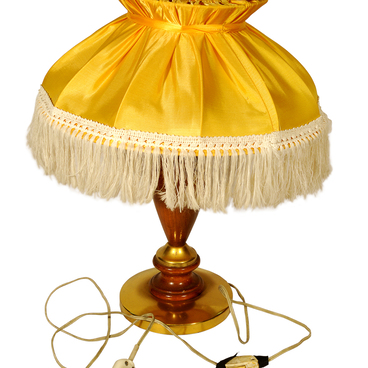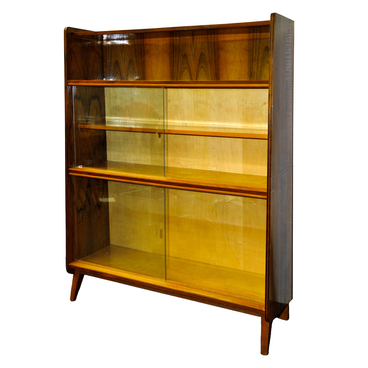According to the memoirs of his eldest daughter Nelly, Mikhail Kalashnikov often wrote down poems of his own composition, interesting life episodes, various thoughts or important information on separate sheets and housed them in a special folder.
When Kalashnikov decided to publish his memoirs, he took a very responsible attitude to the creation of the book and often used old recordings. Valentin Sokolov, Kalashnikov’s friend, professor, and head of the department of the Izhevsk Agricultural Institute said that he and Kalashnikov discussed each chapter in detail, added and reworked the texts.
At first, Kalashnikov had a mechanical typewriter UNIS tbm de Luxe, produced in Yugoslavia under the license of the German company Olympia Werke. He printed deputy requests and official letters on it. However, there was a lot of work with memoirs, and the left hand wounded in the war often played false with the designer. Therefore, Olga Kashina, Sokolov’s laboratory assistant, typed the book under dictation or from Kalashnikov’s manuscripts. Colonel Mikhail Malygin, deputy editor-in-chief of the All-Union newspaper Krasnaya Zvezda, edited the book “Notes of a Weapons Structural Designer”.
Kalashnikov typed the second book of memoirs “From Foreign Sill to the Spassky Gate” in the early 1990s on a “smart” typewriter “Romashka”. It belonged to the latest generation of electric typewriters and was close to computer text editors in functionality. It allowed formatting the text automatically by setting the alignment, changing the spacing between characters and between lines, using bold and underlined fonts. The text in the memory could be edited — to correct typos, insert missing words, and then print it out again any number of times. The machine was also equipped with a display. The maximum typing rate was 12 characters per second.
The literary processing and editing of the second book of the designer was done by the journalist and Moscow writer Gariy Nemchenko, a fellow citizen of the Kalashnikovs in the Cossack village of Otradnaya in the Krasnodar Kray. Zoya Bogomolova, professor of the Department of Russian Philology of the Udmurt State University, member of the Supreme Creative Council of the Writers' Union of the RSFSR, helped to create the book. On January 19, 1998, Kalashnikov, as the author of two books, was accepted into the Union of Writers of Russia.
When Kalashnikov decided to publish his memoirs, he took a very responsible attitude to the creation of the book and often used old recordings. Valentin Sokolov, Kalashnikov’s friend, professor, and head of the department of the Izhevsk Agricultural Institute said that he and Kalashnikov discussed each chapter in detail, added and reworked the texts.
At first, Kalashnikov had a mechanical typewriter UNIS tbm de Luxe, produced in Yugoslavia under the license of the German company Olympia Werke. He printed deputy requests and official letters on it. However, there was a lot of work with memoirs, and the left hand wounded in the war often played false with the designer. Therefore, Olga Kashina, Sokolov’s laboratory assistant, typed the book under dictation or from Kalashnikov’s manuscripts. Colonel Mikhail Malygin, deputy editor-in-chief of the All-Union newspaper Krasnaya Zvezda, edited the book “Notes of a Weapons Structural Designer”.
Kalashnikov typed the second book of memoirs “From Foreign Sill to the Spassky Gate” in the early 1990s on a “smart” typewriter “Romashka”. It belonged to the latest generation of electric typewriters and was close to computer text editors in functionality. It allowed formatting the text automatically by setting the alignment, changing the spacing between characters and between lines, using bold and underlined fonts. The text in the memory could be edited — to correct typos, insert missing words, and then print it out again any number of times. The machine was also equipped with a display. The maximum typing rate was 12 characters per second.
The literary processing and editing of the second book of the designer was done by the journalist and Moscow writer Gariy Nemchenko, a fellow citizen of the Kalashnikovs in the Cossack village of Otradnaya in the Krasnodar Kray. Zoya Bogomolova, professor of the Department of Russian Philology of the Udmurt State University, member of the Supreme Creative Council of the Writers' Union of the RSFSR, helped to create the book. On January 19, 1998, Kalashnikov, as the author of two books, was accepted into the Union of Writers of Russia.

